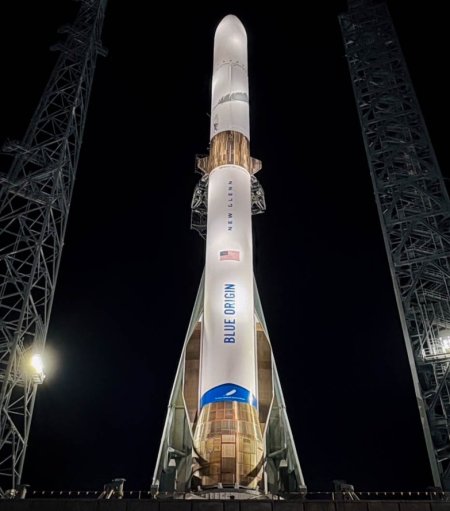Sierra Space CEO suddenly announces retirement
The CEO of Sierra Space, Tom Vice, revealed yesterday his decision to retire at the end of 2024, providing no reasons for the decision.
Vice had not previously announced any plans to retire from Sierra Space, where he had been chief executive since mid-2021. When the company issued the statement about his retirement, Vice was still listed on Sierra Space’s website in his roles as chief executive and a member of the company’s board of directors.
Sierra Space said that the chairman of the board of Sierra Space, Fatih Ozmen, would serve as interim chief executive while the company looks for a permanent replacement. He is chief executive and co-owner of Sierra Nevada Corporation (SNC), the company from which Sierra Space was spun out in 2021.
The coming year is going to be critical for Sierra, as it will finally launch Tenacity to ISS after years of delays. Should it fail, the company will face huge hurtles to survive. Maybe Vice, who is 61, decided it was time to actually retire. He also likely didn’t want take on that risk.
Overall Vice’s leadership had been good for Sierra. The company’s work accelerated significantly after it was spun off from Sierra Nevada.
The CEO of Sierra Space, Tom Vice, revealed yesterday his decision to retire at the end of 2024, providing no reasons for the decision.
Vice had not previously announced any plans to retire from Sierra Space, where he had been chief executive since mid-2021. When the company issued the statement about his retirement, Vice was still listed on Sierra Space’s website in his roles as chief executive and a member of the company’s board of directors.
Sierra Space said that the chairman of the board of Sierra Space, Fatih Ozmen, would serve as interim chief executive while the company looks for a permanent replacement. He is chief executive and co-owner of Sierra Nevada Corporation (SNC), the company from which Sierra Space was spun out in 2021.
The coming year is going to be critical for Sierra, as it will finally launch Tenacity to ISS after years of delays. Should it fail, the company will face huge hurtles to survive. Maybe Vice, who is 61, decided it was time to actually retire. He also likely didn’t want take on that risk.
Overall Vice’s leadership had been good for Sierra. The company’s work accelerated significantly after it was spun off from Sierra Nevada.





